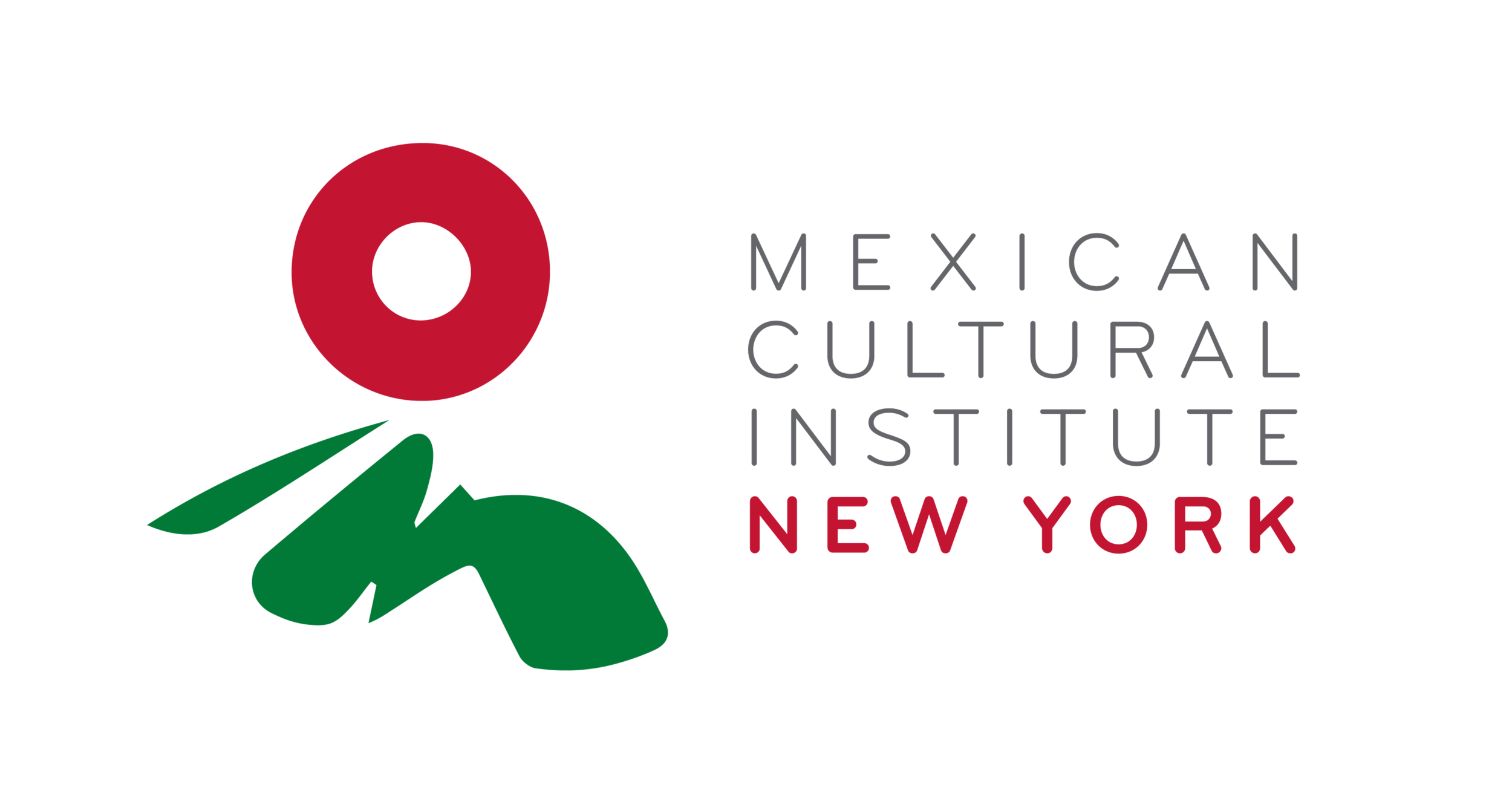About the event:
Body Percussion & Voice — Workshop based on Rosario Castellanos Poems
Workshop Highlights: Body Percussion and Poetry with María Kemp
On Tuesday, June 17th, the Consulate General of Mexico in New York hosted an inspiring workshop led by Mexican actress María Kemp.
Held at the Octavio Paz Gallery, participants were immersed in a unique experience of art, rhythm, and poetry through the captivating medium of body percussion.
This transformative workshop celebrated the connection between art and movement, exploring the fusion of words, body, and sound. Inspired by the poetry of Rosario Castellanos, it offered attendees an opportunity to engage deeply with themes of creativity and expression.
About Maria Kemp:
María Kemp (Mexico, 1996) is an actress, tap dancer, and body percussionist, graduated from the Centro Universitario de Teatro.
She was awarded the Gabino Barreda Medal in 2021 by UNAM.
She has collaborated with renowned directors such as Lorena Maza, Mario Espinosa, Emma Dib, Juan Pablo Blanco, Valeria Fabbri, Ana Graham, David Gaitán, Angélica Rogel, Khalid Freeman, among others.
In 2019, she was part of the cabaret circus ALL STARS U.S.A Entertainment, performing uninterruptedly as a tap dancer and body percussionist for six months in Turkey.
She won the Best Actress award for the play El mundo es una planta carnívora at the Cairo International Monodrama Festival in 2021, and the Best Physical Theater award at the United Solo Festival Off-Broadway in New York in 2023.
In 2023, she was a guest actress at DramaFest with the play Extravíos Sexuales de la clase media.
In 2024, she won the ACPT award in the Sound Design category for Django con la soga al cuello, which was also recognized as Best Play at the Metropolitan Theater Awards in 2024.
She is currently a member of the Mujeres Pájaro Teatro company.
Location: Consulate General of Mexico
Address: 27 E 39th St, New York, NY 10016








